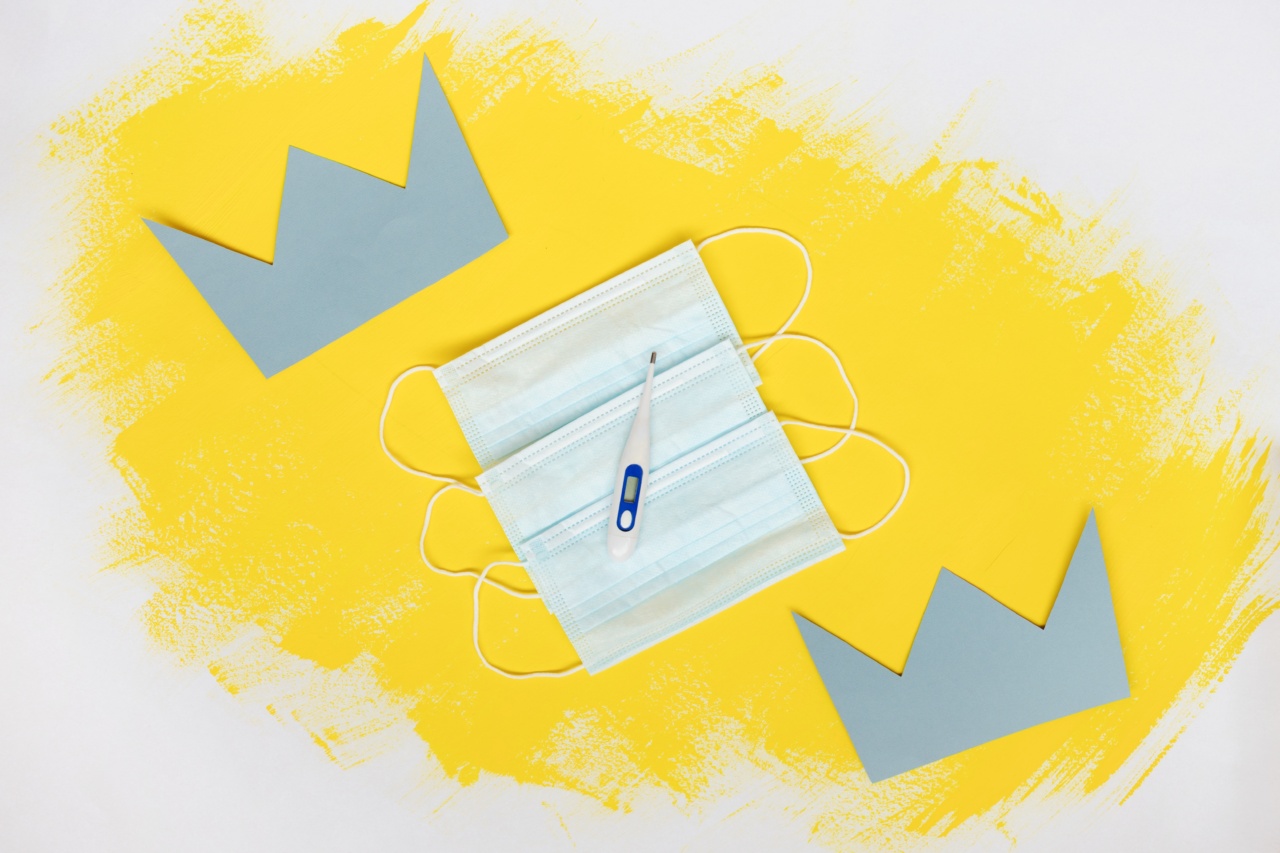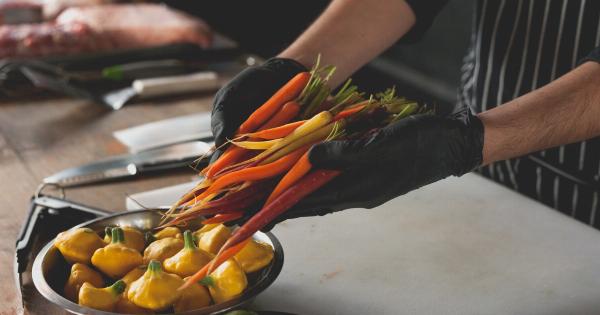When it comes to cooking, safety should always be a top priority. One of the most common bacteria that can cause serious illness is Salmonella.
This dangerous bacteria is found in many types of food, including poultry, beef, and eggs, but it is particularly prevalent in seafood, especially raw or undercooked salmon. In this article, we’ll take a closer look at the risks associated with cooking with Salmonella and what you can do to protect your health.
What is Salmonella?
Salmonella is a type of bacteria that can cause a variety of symptoms, ranging from mild stomach upset to serious illness. Infection with Salmonella is called salmonellosis, and it can occur when you eat food that is contaminated with the bacteria.
The symptoms of salmonellosis can include:.
- Nausea and vomiting
- Diarrhea
- Fever and chills
- Abdominal pain
In some cases, salmonellosis can lead to more serious complications, especially in people with weakened immune systems or other health conditions.
These complications can include dehydration, sepsis (a life-threatening infection in the bloodstream), and even death.
Why is Salmonella So Prevalent in Salmon?
Salmon is one of the most popular types of seafood in the world, but it is also one of the most likely to be contaminated with Salmonella. There are a few reasons for this:.
- Salmon is often farmed in crowded conditions, which can increase the risk of contamination
- Salmonella can survive in cold temperatures, which means it can survive in raw or undercooked salmon
- Many people enjoy eating raw salmon (such as in sushi or sashimi), which increases the risk of infection
The bottom line is that cooking salmon thoroughly is essential to reducing the risk of Salmonella infection.
How Can You Protect Yourself from Salmonella?
If you want to enjoy salmon without putting your health at risk, there are a few things you can do:.
- Cook salmon to an internal temperature of 145°F (63°C) or higher
- Avoid eating raw or undercooked salmon
- Choose high-quality salmon that is responsibly farmed or wild-caught
- Practice good food safety habits, including washing your hands and utensils before and after handling raw salmon
By following these guidelines, you can reduce the risk of Salmonella infection and enjoy the health benefits of salmon without worrying about getting sick.
What Should You Do If You Think You Have Salmonellosis?
If you think you may have salmonellosis, it is important to seek medical attention right away. Your doctor can confirm the diagnosis and recommend the appropriate treatment.
In most cases, salmonellosis can be treated with antibiotics and supportive care (such as rehydration and pain relief).
Conclusion
Salmon is a delicious and healthy food, but it can also be dangerous if it is not cooked properly. Salmonella is a serious bacterial infection that can cause a range of symptoms, from mild stomach upset to life-threatening complications.
To protect your health, be sure to cook salmon thoroughly, avoid eating raw or undercooked fish, choose high-quality salmon, and practice good food safety habits. If you think you may have salmonellosis, seek medical attention right away for the best chance of recovery.



























